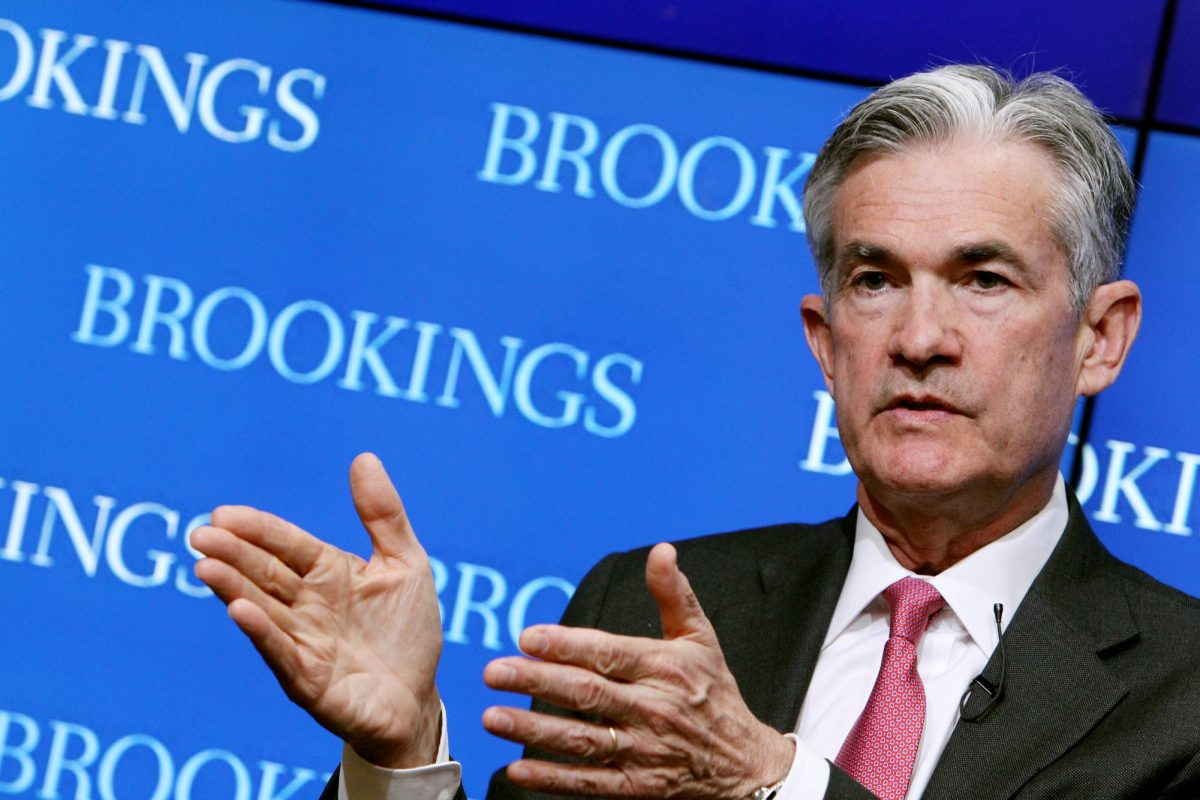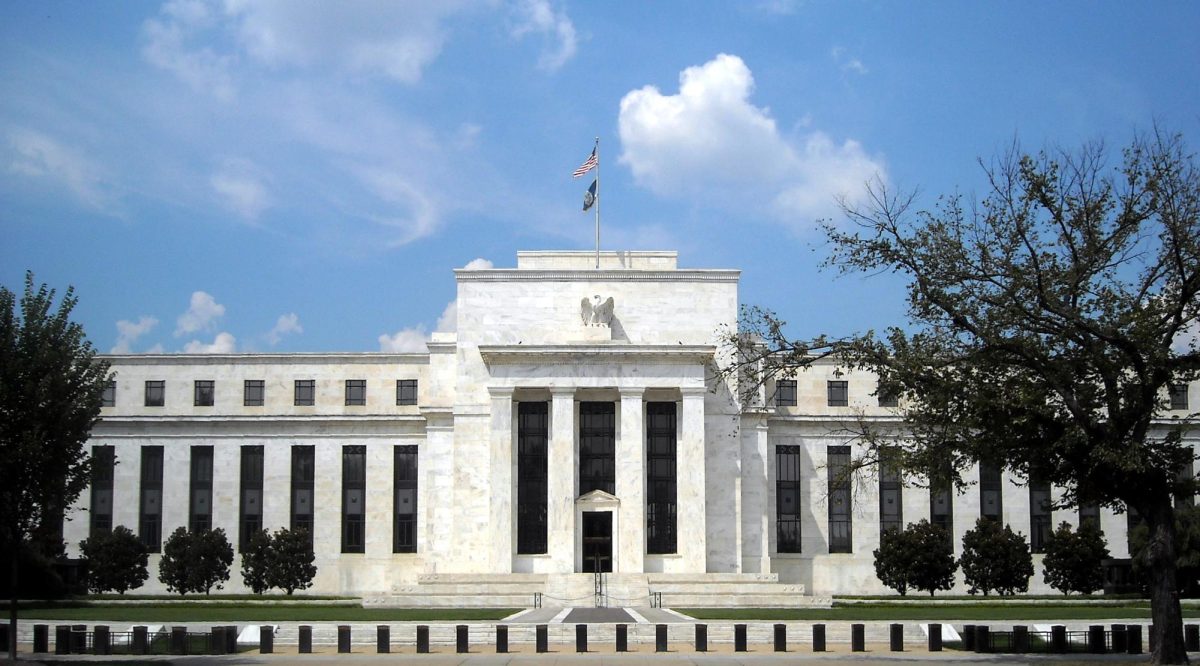The Federal Reserve announced a half-point interest rate cut on Sept. 18, making it the first rate cut since March 2020. This brought the benchmark rate down to between 4.75% and 5%, marking the end of an era of interest rate hikes meant to curb inflation since the COVID-19 pandemic.
The cut came in response to unemployment data after the Labor Department released its Current Employment Statistics on Aug. 21. According to the announcement, the report for monthly payroll figures was overstated by roughly 818,000 jobs within the 12 months prior to in March.
The Fed controls the federal funds rate, which is the interest rate at which banks lend to each other in overnight cash reserve transactions. These cuts encourage consumer spending and business investment, which stimulate economic growth.
Although annual inflation cooled to 2.5% in August—the lowest annual increase since February 2021—the Fed is now focusing on the 6% unemployment rate over controlling inflation.With hiring slowing significantly to a monthly rate of 3.5% and unemployment poised to influence future policies, the health of the labor market could dictate upcoming decisions.
“This decision reflects our growing confidence that, with an appropriate recalibration of our policy stance, strength in the labor market can be maintained in the context of moderate growth and inflation moving sustainably down to 2%,” Federal Reserve Chairman Jerome Powell said at the Federal Open Market Committee press conference on Sept. 18.
Powell also stated, “If the economy evolves as expected, the median participant projects that the appropriate level of the federal funds rate will be 4.4% at the end of this year and 3.4% at the end of 2025,” indicating two more rate cuts this year, bringing the federal funds rate down to 4.4%.
The Fed’s latest quarterly forecasts indicated two additional quarter-point cuts by the end of the year, totaling 100 basis points of easing in 2024. However, traders expect the central bank to be more aggressive, anticipating 125 basis points of cuts by year-end. This massive half-point cut surprised many investors as the majority were expecting the Fed to cut by a quarter-point.
Prior to Friday’s two-day policy meeting, the odds of a half-point versus a quarter-point cut were evenly divided. As a result of this rate cut, average 30-year fixed mortgage rates fell to 6.09%, and 15-year mortgage rates also fell to 5.15% from 5.27% a week earlier.
The drop in mortgage rates happened in anticipation of the Fed’s decision. Orphe Divounguy, a senior economist at Zillow stated, “The markets really expected the current scenario.”
Consequently, stocks reached their all-time high as investors cheered the Fed’s half-point rate cut. The Dow Jones Industrial Average gained 522 points, or 1.3% higher, reaching a new record after passing the 42,000 mark for the first time. The S&P 500 rose 1.7%, topping 5,700 points for the first time, closing at a fresh high. The Nasdaq composite also added 2.5%.
These increases in stocks could be due to investors pulling away from lower-yielding government bonds and money market funds. With interest rates remaining low, stocks offer higher potential returns, attracting more capital. Additionally, the strong performance of certain sectors may have boosted investor confidence in stocks.
For consumers, loans will become cheaper with lower borrowing rates, including auto loans, which sit at a rate of 8.7% for new cars. This decision by the Fed to cut its benchmark rate by 0.5% may allow for an increase in car buyers.
“Many Americans have been holding off on making vehicle purchases in the hopes that prices and interest rates would come down, or that incentives would make a return,” Jessica Caldwell, automotive resource company Edmunds’ Head of Insights, said.
Investors have largely welcomed the Fed’s unexpected half-point rate cut, interpreting it as a signal of further easing to come. With stocks surging to record highs and many shifting away from lower-yielding assets, the market response reflects confidence in the Fed’s ability to balance growth and labor market concerns.
“In other contexts, a larger move may convey greater concern about growth, but Powell repeatedly stressed this was basically a joyous cut as ebbing inflation allows the Fed to act to preserve a strong labor market,” Chief U.S. Economist at JPMorgan Chase Micheal Feroli told CNBC.
As the central bank continues to recalibrate its policies, investors will remain closely attuned to any further moves that could impact returns and employment stability.








